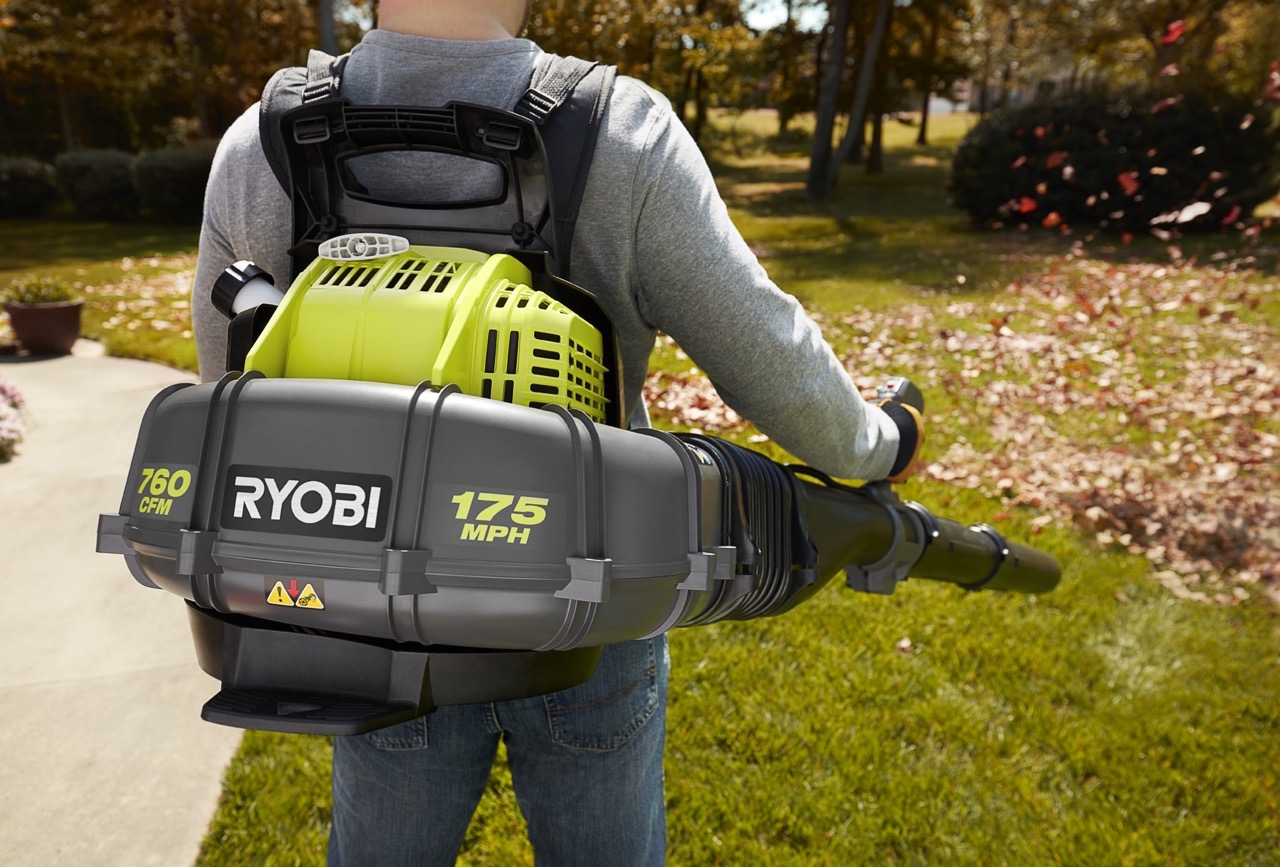

Articles
How To Store Backpack Blower
Modified: December 7, 2023
Learn effective techniques and tips for storing your backpack blower in this comprehensive article. Ensure longevity and maintain peak performance for your equipment.
(Many of the links in this article redirect to a specific reviewed product. Your purchase of these products through affiliate links helps to generate commission for Storables.com, at no extra cost. Learn more)
Introduction
When the season for yard work comes to an end, it’s important to properly store your backpack blower to ensure its longevity and optimal performance for the next season. By taking the time to clean, empty the fuel tank, remove the air filter, detach the blower tube, and secure the backpack blower in a dry and safe location, you can prevent any potential damage or deterioration.
In this article, we will walk you through the step-by-step process of storing your backpack blower. Whether you’re a professional landscaper or a dedicated homeowner, these simple precautions will help extend the lifespan of your equipment and save you money on repairs or replacements in the long run.
So let’s dive into the details and learn how to properly store your backpack blower!
Key Takeaways:
- Properly storing your backpack blower by cleaning, emptying the fuel tank, removing the air filter, detaching the blower tube, and securing it in a dry location ensures optimal performance and longevity, saving you from costly repairs.
- By following the step-by-step process of storing your backpack blower, you can prevent potential damage, maximize its lifespan, and ensure that it’s always ready to tackle yard work with ease, season after season.
Read more: How To Store A Backpack Blower
Step 1: Cleaning the Backpack Blower
Before storing your backpack blower, it’s crucial to give it a thorough cleaning. Over time, dirt, leaves, and debris can accumulate on the blower housing and impeller, impeding its performance and potentially causing damage. Follow these steps to clean your backpack blower:
- Start by disconnecting the spark plug to ensure safety.
- Use a brush or a soft cloth to remove any loose dirt or debris from the exterior of the blower. Pay extra attention to the air vents and cooling fins to ensure proper airflow.
- If the blower has stubborn dirt or grime, you can use a mild detergent diluted in water to gently scrub the surfaces. Rinse thoroughly with clean water afterward.
- Carefully inspect the impeller, which is responsible for creating the airflow in the blower. If you notice any visible damage or excessive wear, it may need to be replaced.
- Once the blower is clean and dry, reconnect the spark plug.
By keeping your backpack blower clean, you not only maintain its performance but also prevent any potential clogging or damage. Regular cleaning ensures that your blower is always ready to tackle the next season’s yard work without any issues.
Step 2: Emptying the Fuel Tank
Before storing your backpack blower, it’s essential to empty the fuel tank. Storing a backpack blower with fuel in the tank can lead to clogs, corrosion, and other complications. Here’s how you can safely empty the fuel tank:
- Find a well-ventilated outdoor area away from any open flame or sparks. This will ensure safety during the fuel emptying process.
- If your backpack blower has a drain plug, open it to release the fuel. Make sure to use a container specifically designed for gasoline to collect the fuel.
- If your blower doesn’t have a drain plug, you can carefully remove the fuel tank cap and slowly pour the fuel into a suitable container. Take your time to avoid spills or splashing.
- Once the fuel tank is empty, use a clean cloth to wipe away any residue or fuel spills on the exterior of the blower.
Remember, it’s crucial to dispose of the fuel properly. Never pour it down the drain or on the ground, as it can harm the environment. Check with your local fuel station or recycling center for safe disposal options.
By emptying the fuel tank before storing your backpack blower, you prevent fuel-related issues and ensure the longevity of your equipment. Plus, when you’re ready to use it again, you can start with fresh fuel for optimal performance.
Step 3: Removing the Air Filter
Removing the air filter is an important step in preparing your backpack blower for storage. The air filter helps keep dirt and debris from entering the engine and can become clogged over time. Follow these steps to remove the air filter:
- Locate the air filter cover on your backpack blower. It is usually located near the engine.
- Using a screwdriver or the appropriate tool, carefully remove the screws or clips securing the air filter cover in place.
- Gently lift off the air filter cover to reveal the air filter. Take note of how the air filter is positioned, as you will need to replace it correctly after cleaning or replacing.
- If the air filter is reusable, inspect it for dirt and debris. If it is dirty, you can clean it by gently tapping it to dislodge any loose particles or by rinsing it under running water. Allow it to completely dry before placing it back in the blower. If the air filter is heavily soiled or damaged, it is best to replace it with a new one.
- Once the air filter is cleaned or replaced, carefully reposition it in the blower and secure the air filter cover back in place with the screws or clips.
Proper maintenance of the air filter helps ensure optimal airflow to the engine, enhancing the blower’s performance and extending its lifespan. By removing and cleaning or replacing the air filter before storage, you’ll be ready to start your backpack blower with a clean filter when the next season arrives.
Store your backpack blower in a dry, well-ventilated area to prevent rust and damage. Hang it on a wall or place it on a shelf to keep it off the ground and out of the way.
Step 4: Detaching the Blower Tube
Detaching the blower tube is an essential step in storing your backpack blower. Removing the blower tube allows for easier and more compact storage. Follow these steps to detach the blower tube:
- Locate the connection point between the blower tube and the blower housing. This is where the tube is attached to the main body of the blower.
- Depending on the design of your backpack blower, there may be a locking mechanism or fastening clips securing the blower tube. Release or undo these mechanisms to loosen the tube.
- Gently twist and pull the blower tube away from the blower housing. Be careful not to force or damage the tube during the process.
- Inspect the blower tube for any signs of damage or wear. If you notice any cracks, bends, or other issues, it’s advisable to replace the tube to ensure proper performance in the future.
By detaching the blower tube, you reduce the storage space needed for your backpack blower. This step also prevents the tube from becoming damaged or bent while in storage, ensuring that it stays in good working condition for the next season. Store the detached blower tube in a safe place alongside the blower to ensure they can be easily reunited when you’re ready to use the equipment again.
Read more: How To Store Backpack Leaf Blower In Garage
Step 5: Securing the Backpack Blower
Securing your backpack blower is important to prevent any damage or accidents during storage. By taking a few precautions, you can ensure that your equipment remains in excellent condition until the next time you need it. Follow these steps to securely store your backpack blower:
- Inspect the backpack straps and harness for any signs of wear or damage. If you notice any issues, it’s advisable to repair or replace them before storing your blower.
- Ensure that all the buckles, zippers, and fasteners on the blower are properly closed and secure.
- Secure any loose or dangling cables or wires to prevent them from getting tangled or damaged. Use cable ties or Velcro straps to keep them organized and out of the way.
- Double-check that any accessories or attachments, such as extra blower tubes or nozzles, are securely stored alongside the blower or in a designated container.
By properly securing your backpack blower, you minimize the risk of any accidental damage during storage. This step ensures that your blower remains intact and ready for use when the next season rolls around.
Step 6: Storing in a Dry and Safe Location
Choosing the right storage location for your backpack blower is crucial to ensure its longevity and protect it from damage. Here are some guidelines for storing your blower in a dry and safe location:
- Find a clean and dry area where the blower can be stored. This could be a shed, garage, or storage room.
- Avoid storing the blower in a damp or humid environment, as this can lead to corrosion and damage to the engine and other components.
- Ensure the storage location is well-ventilated to prevent the buildup of fumes or moisture.
- Keep the blower away from any direct sunlight or extreme temperatures, as these conditions can adversely affect the materials and performance of the blower.
- If possible, store the blower in an upright position to avoid any oil or fuel leaks. Use a sturdy shelf or storage rack to support the weight of the blower.
- Consider covering the backpack blower with a breathable cloth or tarp to protect it from dust and debris.
- Keep the blower out of the reach of children and pets to prevent any accidents or unintended use.
By storing your backpack blower in a dry and safe location, you minimize the risk of damage and ensure that it remains in excellent condition when you need it next. Taking these precautions will help extend the lifespan of your blower and save you from unnecessary repairs or replacements.
Conclusion
Properly storing your backpack blower is essential to maintain its performance and longevity. Taking the time to clean the blower, empty the fuel tank, remove the air filter, detach the blower tube, secure the equipment, and store it in a dry and safe location will ensure that it remains in excellent condition for the next season. By following these steps, you can prevent potential damage, maximize the lifespan of your blower, and save yourself from unnecessary repairs or replacements.
Remember, a clean blower and properly stored equipment will be ready to tackle your yard work with ease when the time comes. Additionally, by safely disposing of fuel and properly maintaining your blower, you are also ensuring your own safety and doing your part to protect the environment.
So, don’t overlook the importance of storing your backpack blower correctly. By following these simple steps and dedicating a little bit of time and effort, you can ensure that your blower is always ready to handle any outdoor task that comes its way, season after season.
Frequently Asked Questions about How To Store Backpack Blower
Was this page helpful?
At Storables.com, we guarantee accurate and reliable information. Our content, validated by Expert Board Contributors, is crafted following stringent Editorial Policies. We're committed to providing you with well-researched, expert-backed insights for all your informational needs.
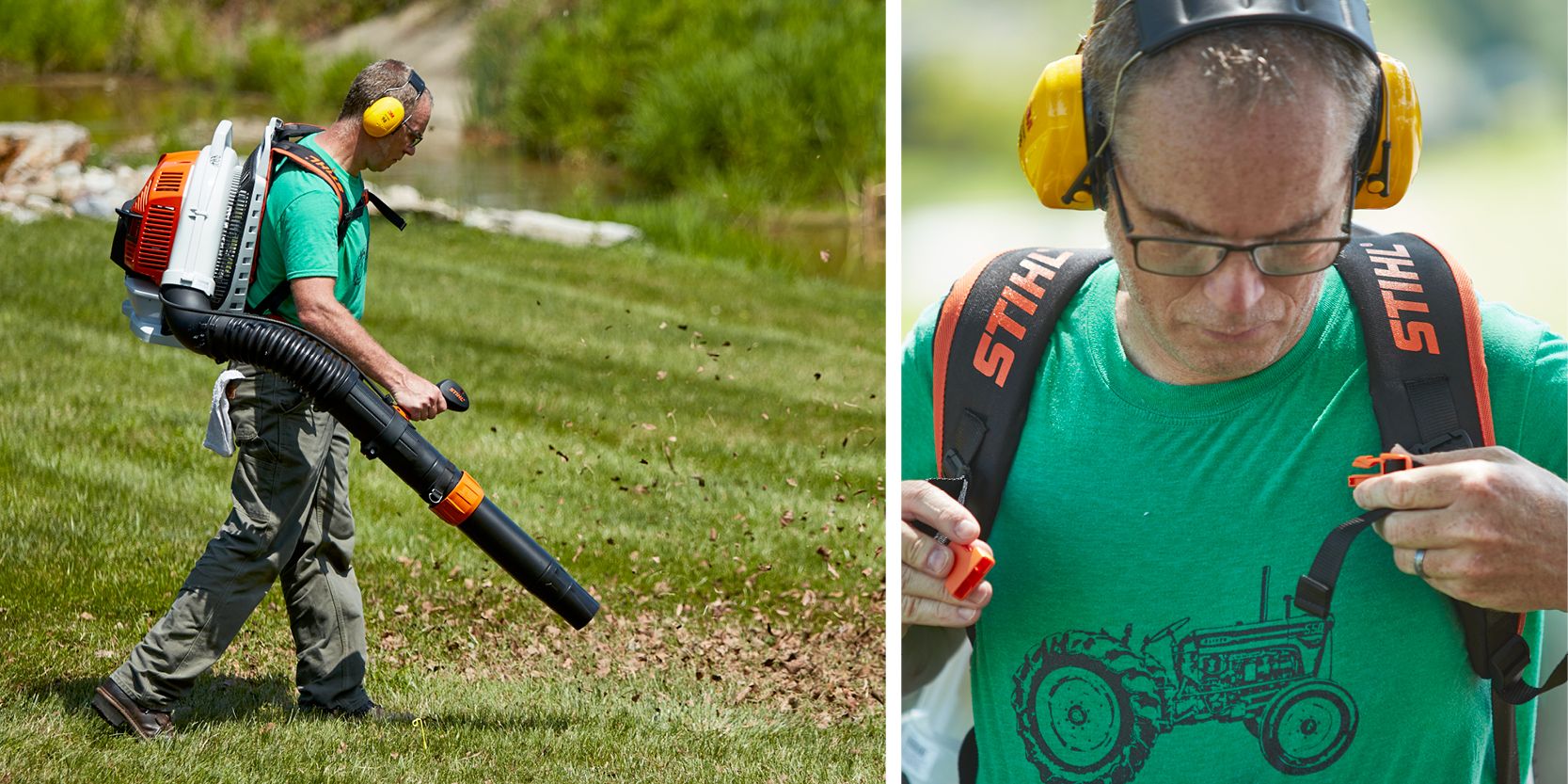
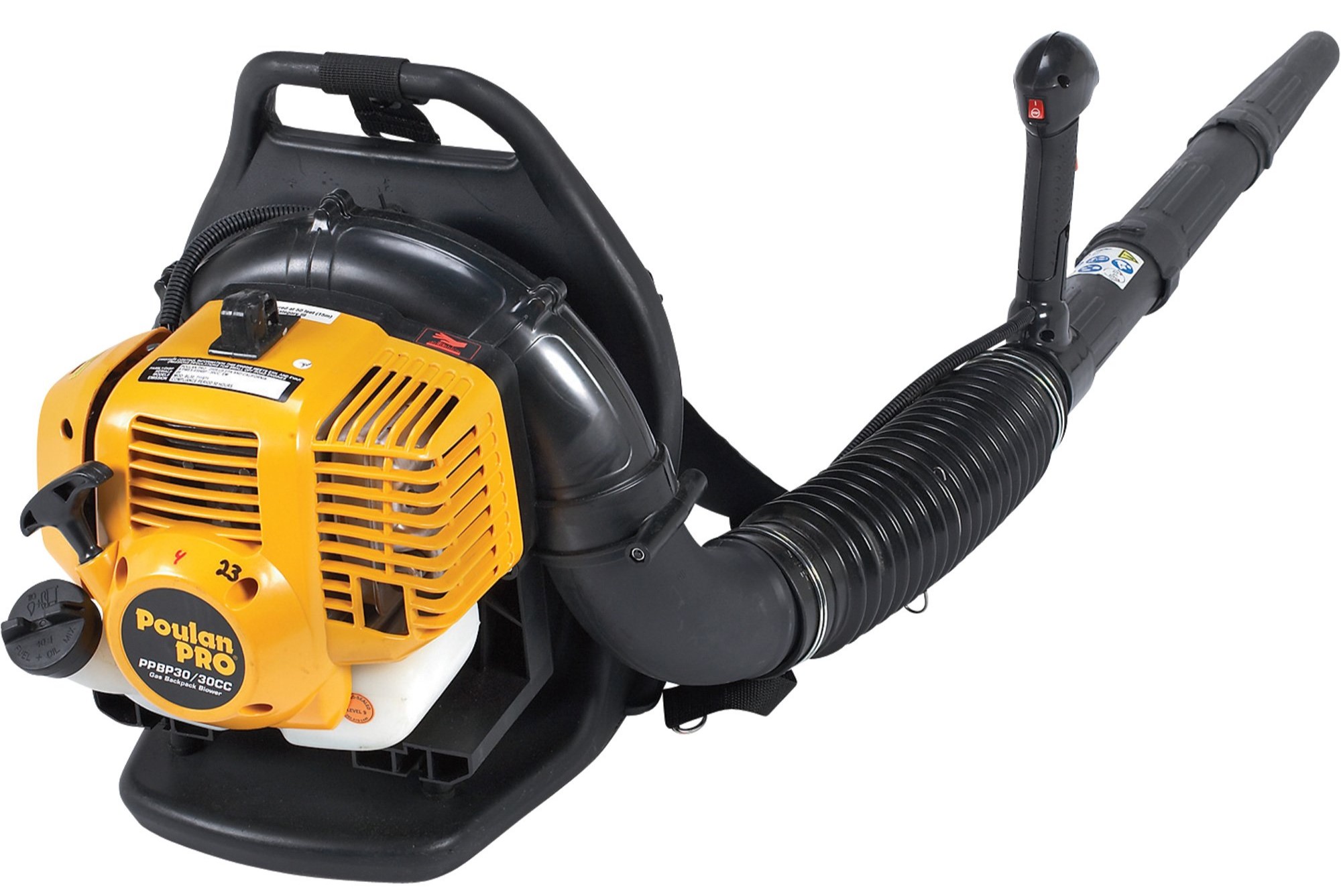
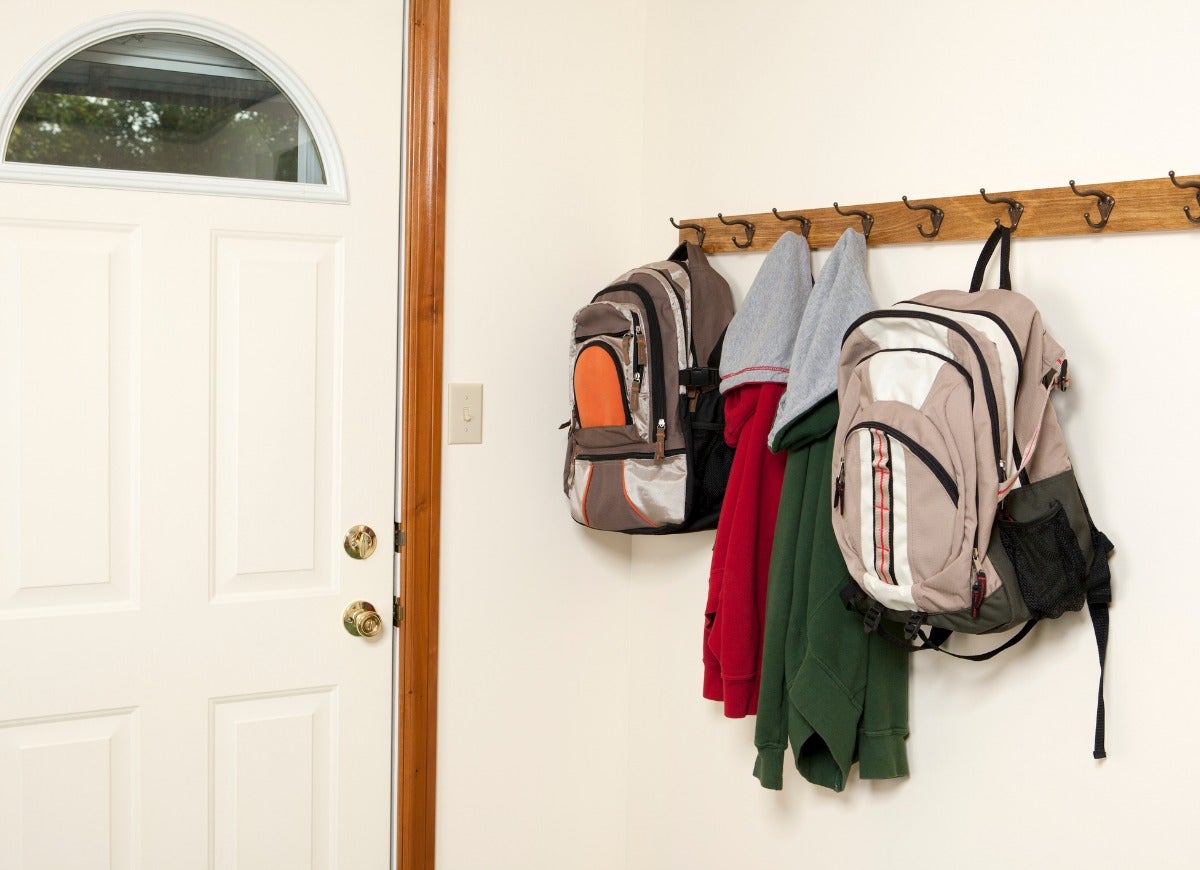
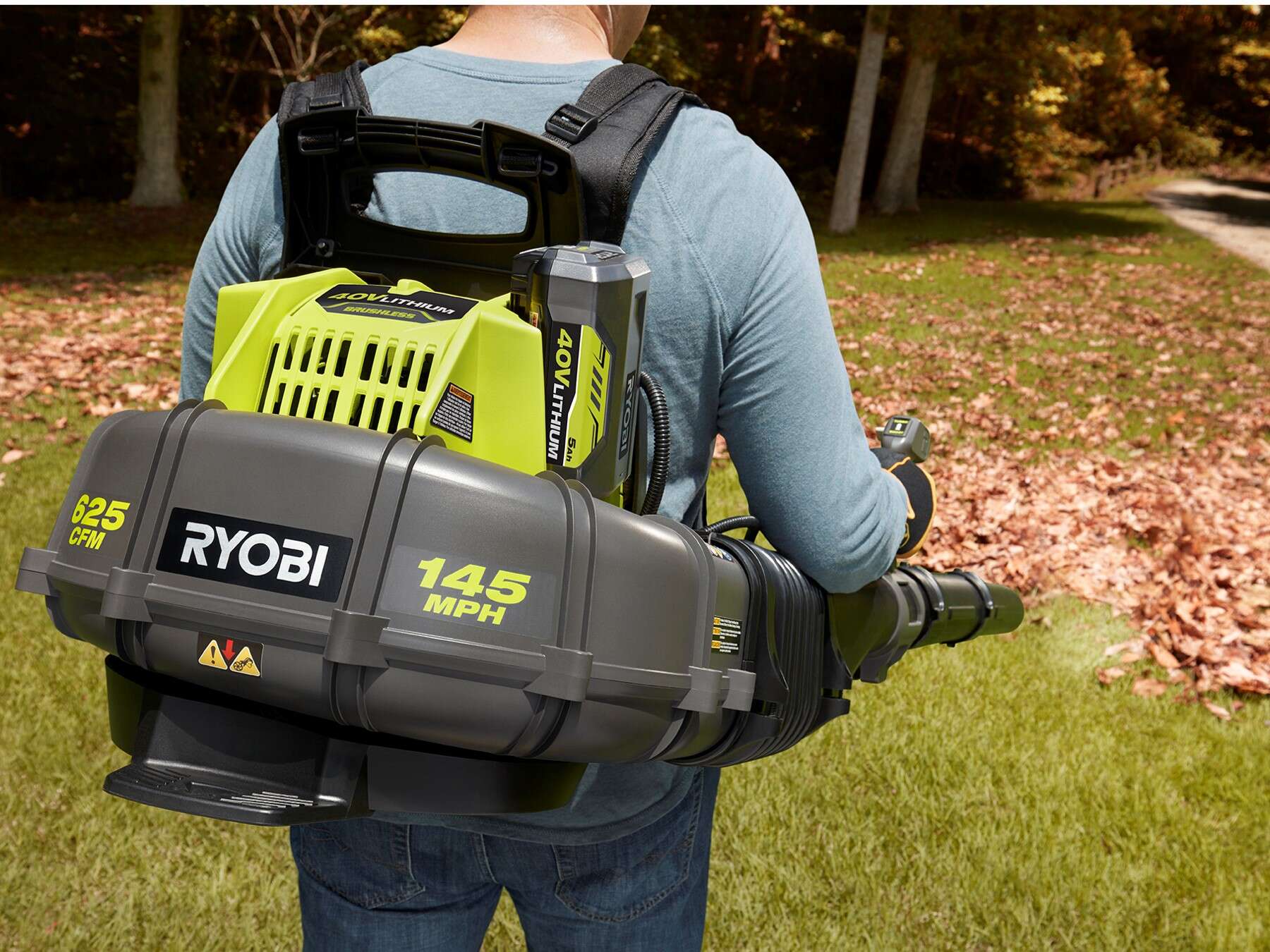

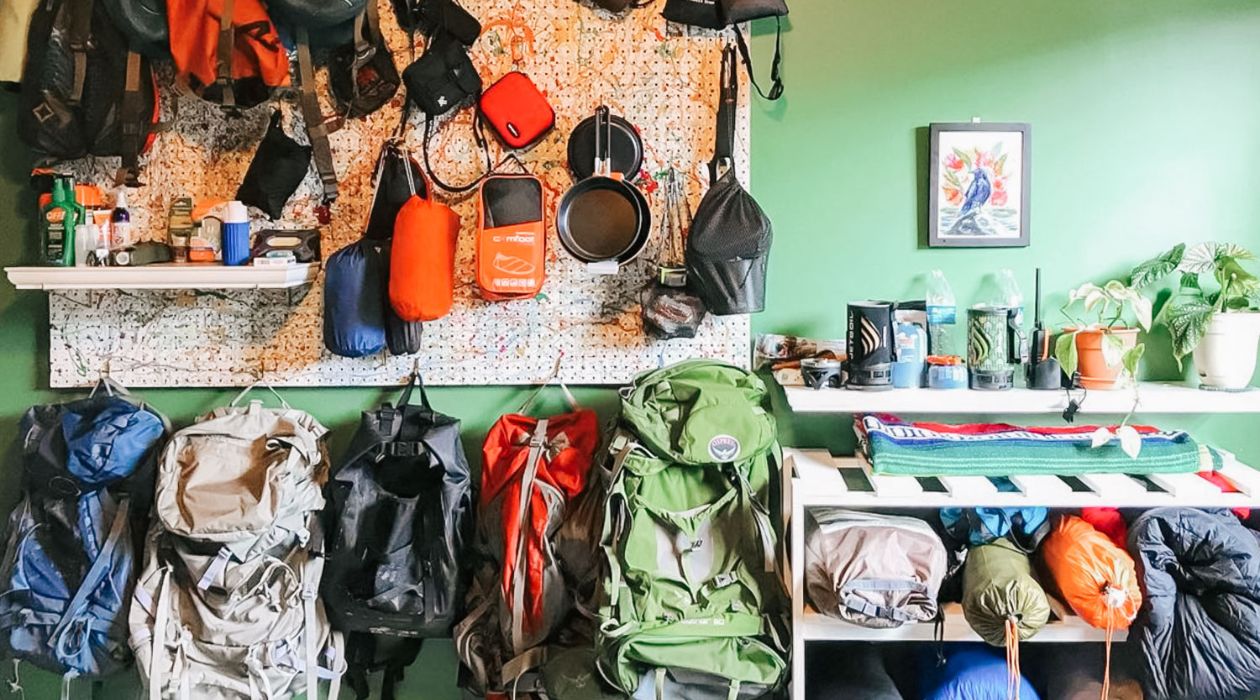

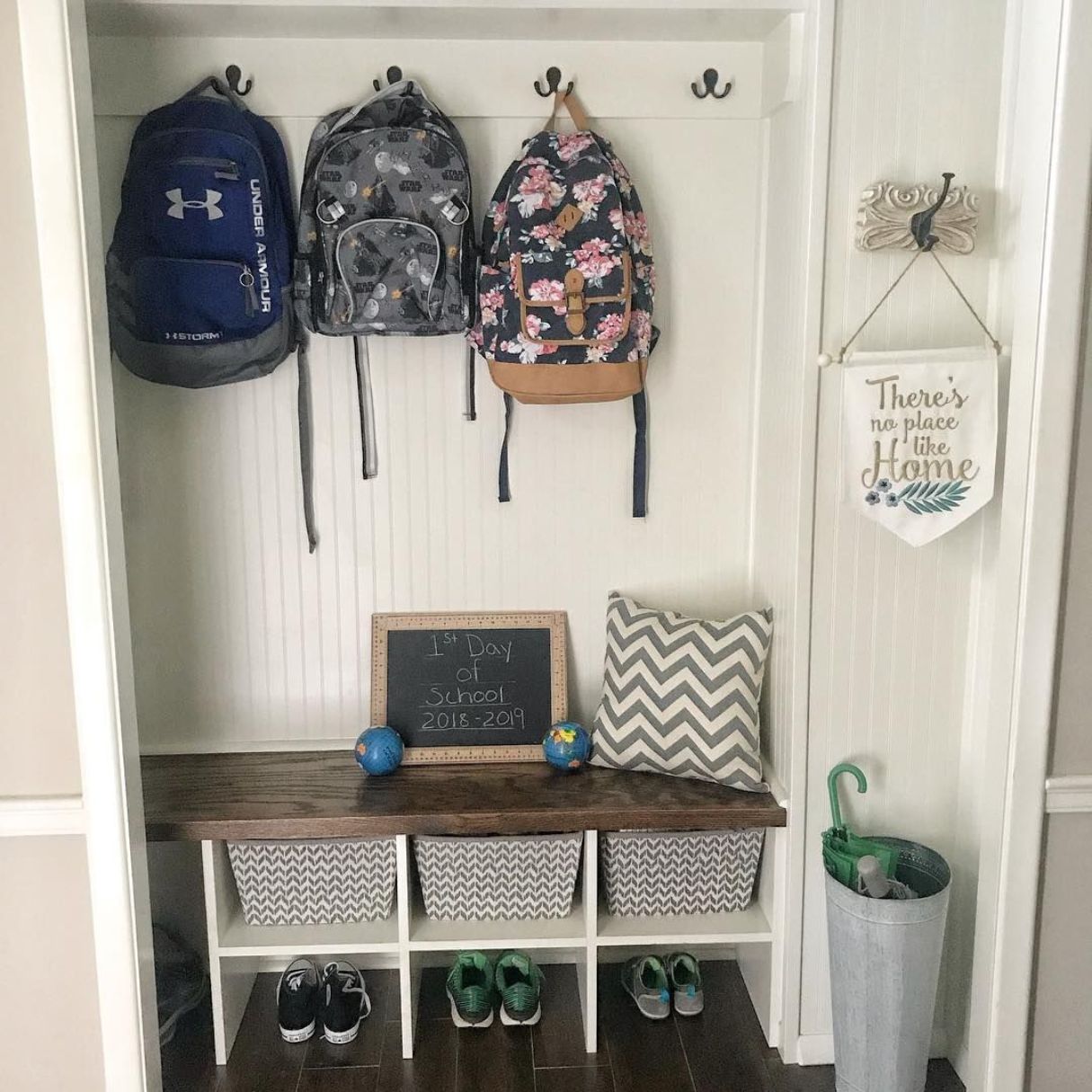
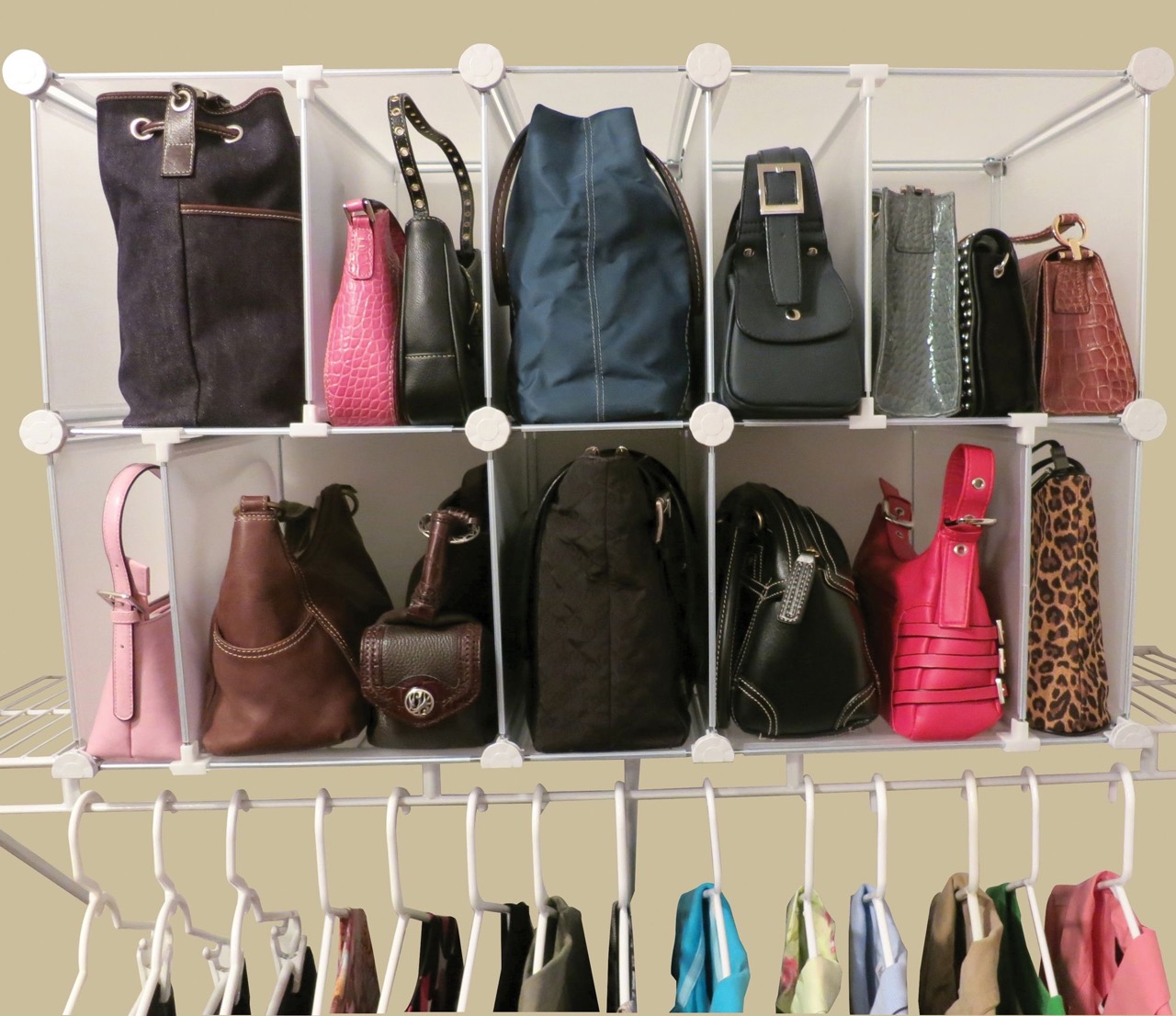
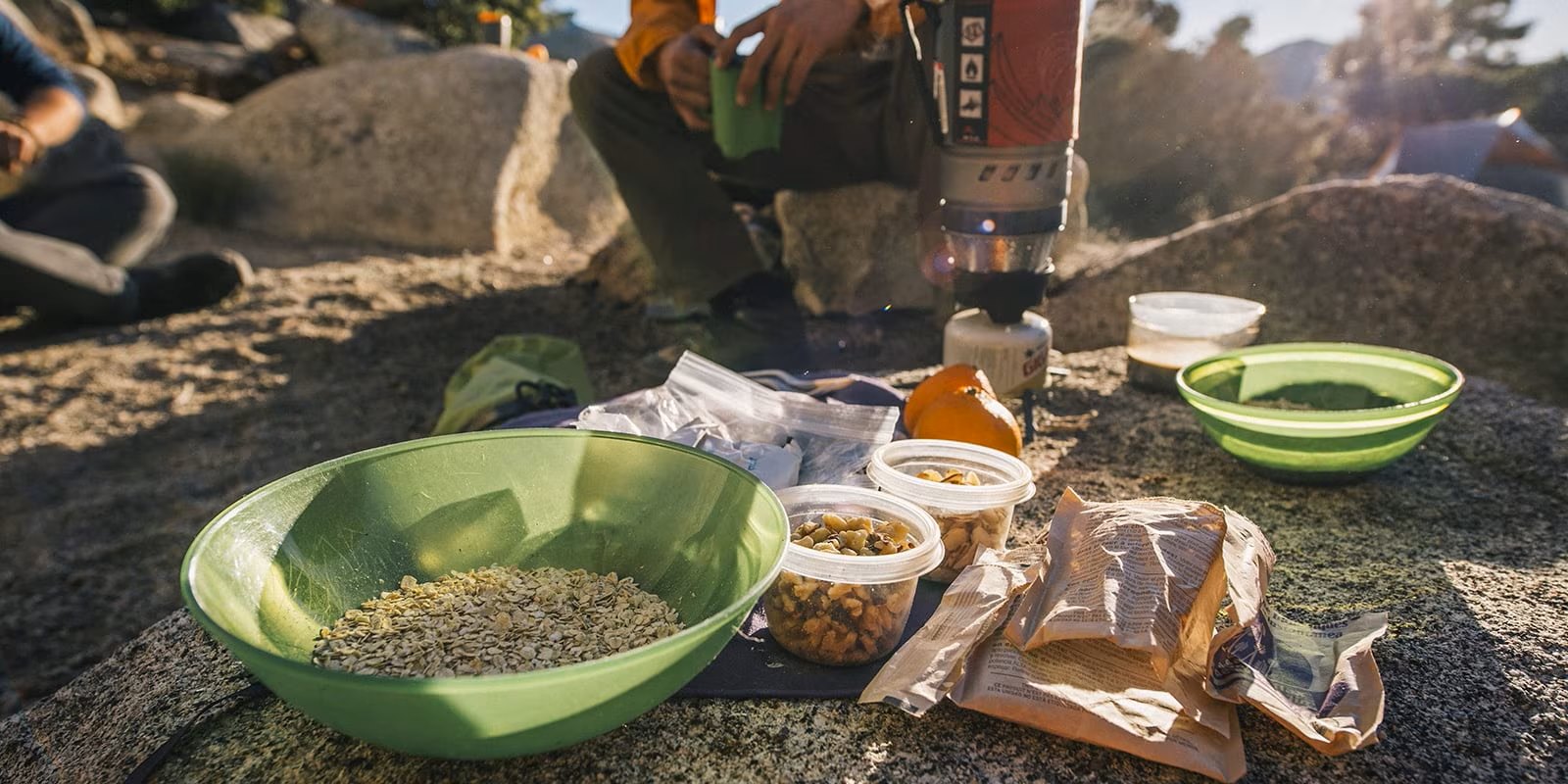
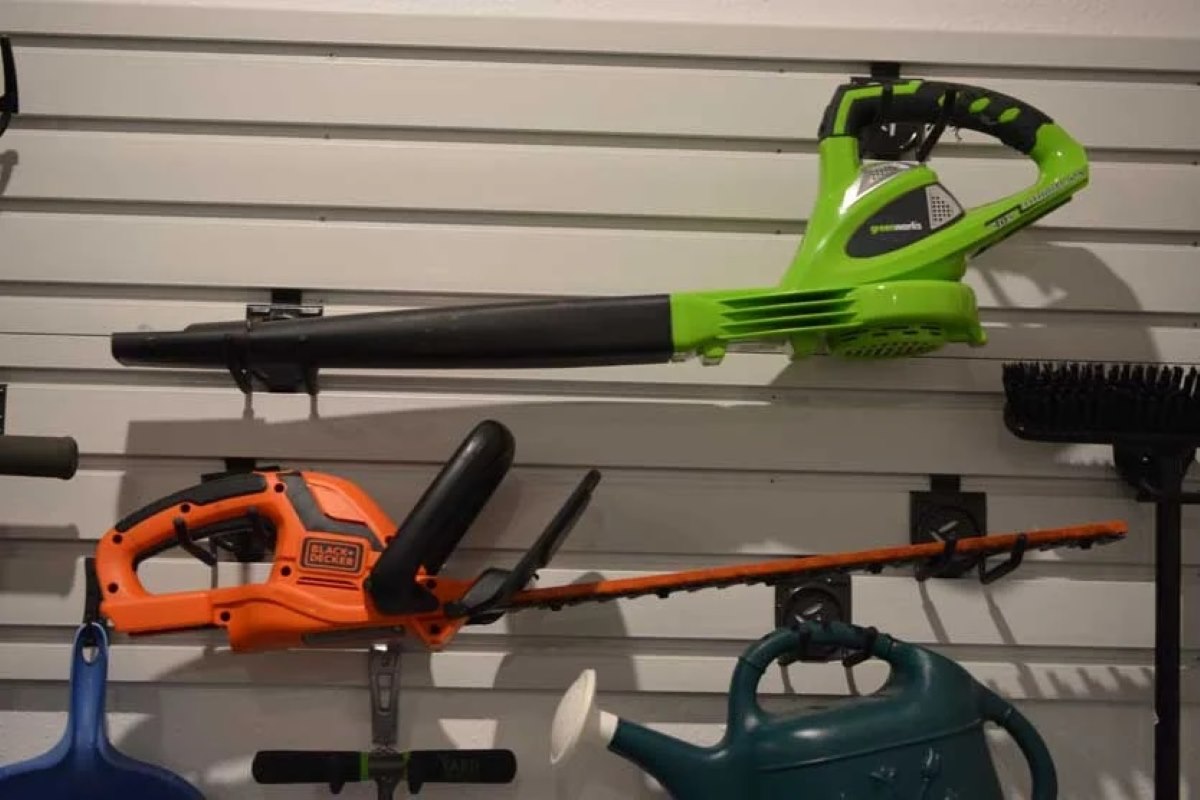
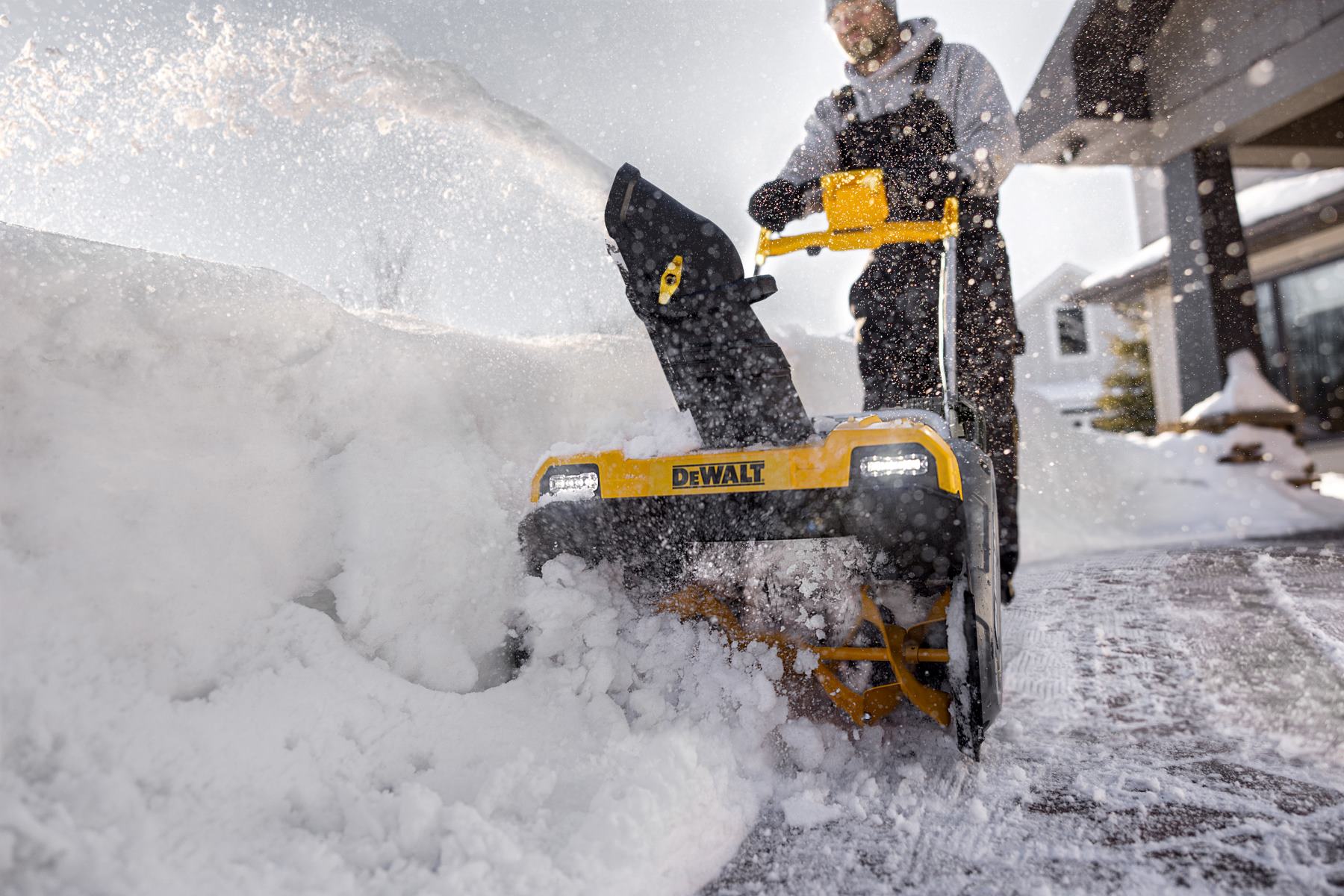
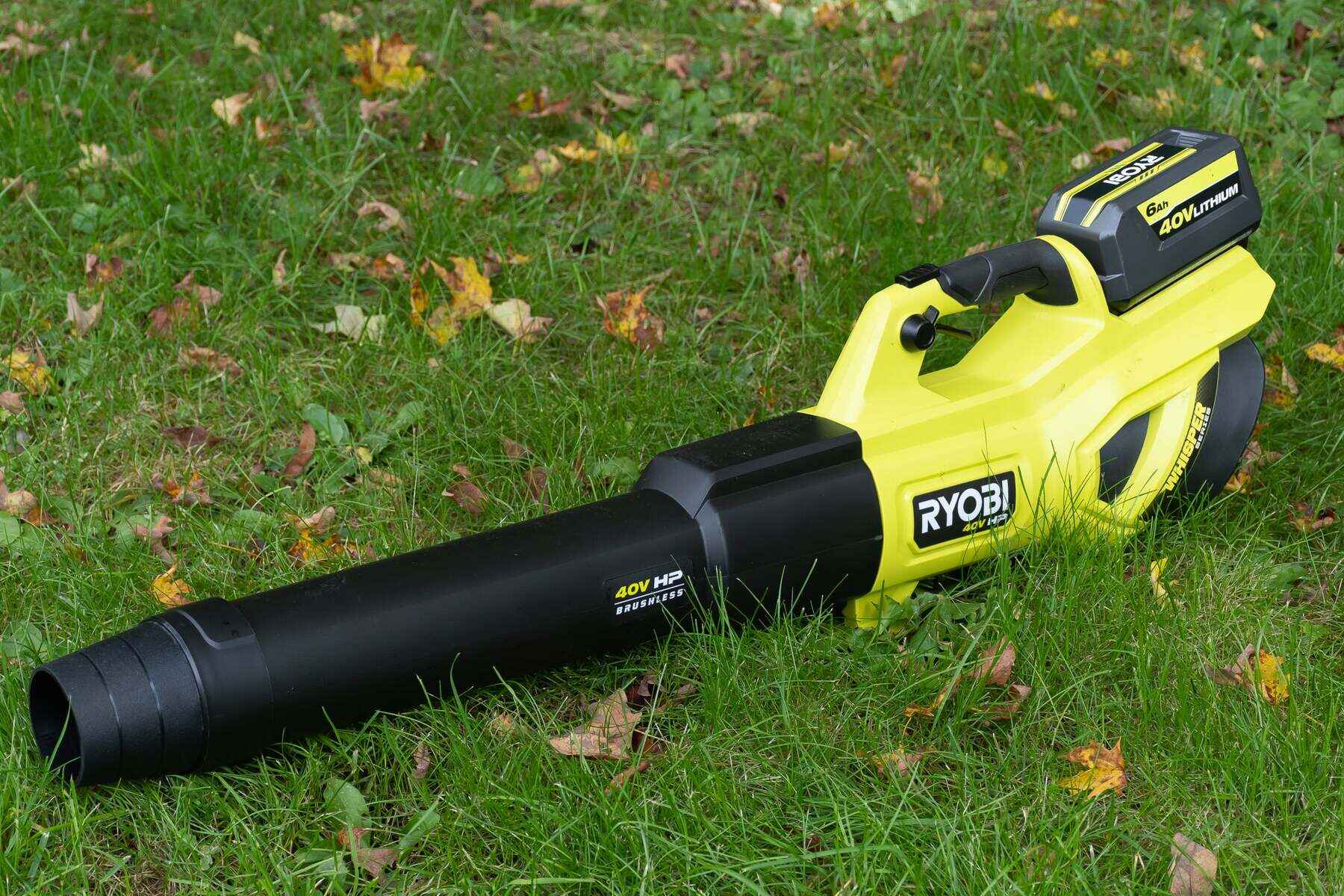
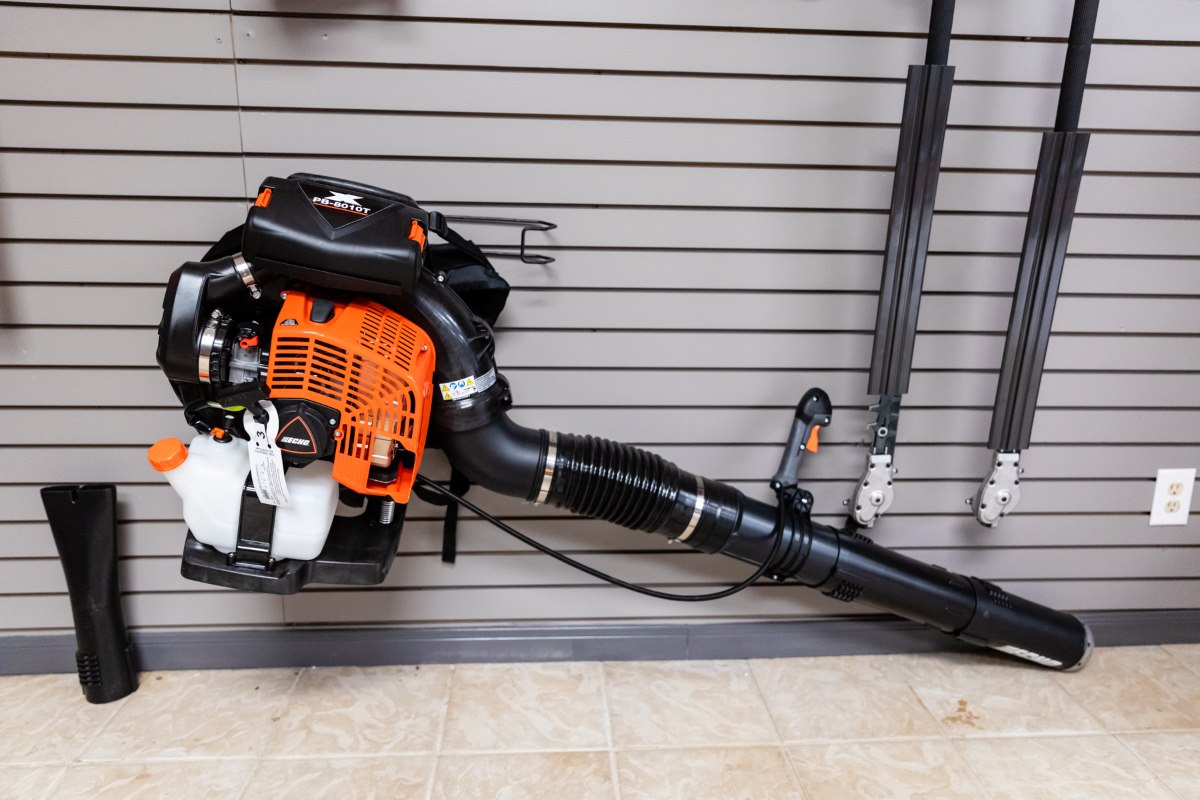

0 thoughts on “How To Store Backpack Blower”